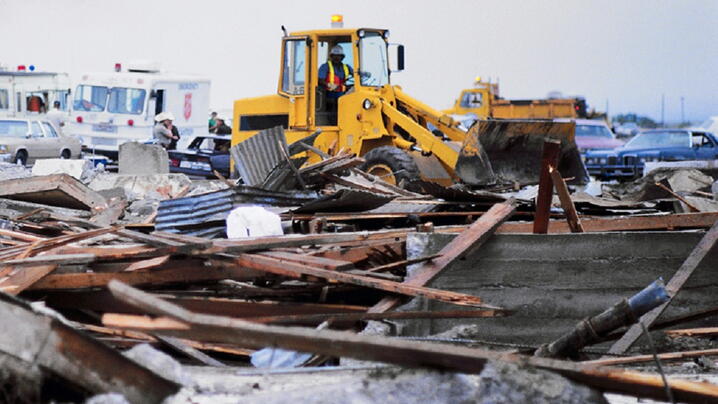
A majority of local governments report having assessed the vulnerability of their local government’s capital assets, but most have not evaluated the broader financial impacts of a disaster, according to over 900 municipal and county chief administrative officers who responded to ICMA’s 2019 Disaster Resilience and Recovery Survey.
Key findings include:
- The top three financial resources available to support disaster relief and recovery are general/unrestricted funds (81 percent), insurance (76 percent), and department funds (63 percent). Just 53 percent could tap contingency or emergency funds.
- While 54 percent have conducted a risk analysis to determine which facilities or critical assets were the most vulnerable, only 36 percent have estimated the financial impact of a major disaster (e.g., potential costs of debris removal or emergency protective measures.)
- Pre-disaster contracts for emergency management and debris removal are common, but less than half of respondents have such contracts for temporary housing.
- Nearly all local governments (98 percent) have mutual aid agreements in place for public safety needs, followed by 60 percent with public works agreements. Only a few local governments have agreements in place for routine services like payroll or information technology.
- Two in five local governments have conducted disaster training exercises that cover post-disaster economic and community recovery and restoration scenarios.
Over half of the respondents reported having had a federally declared disaster in the past five years, with winter storms and flooding the most commonly experienced disasters reported.
New, Reduced Membership Dues
A new, reduced dues rate is available for CAOs/ACAOs, along with additional discounts for those in smaller communities, has been implemented. Learn more and be sure to join or renew today!
